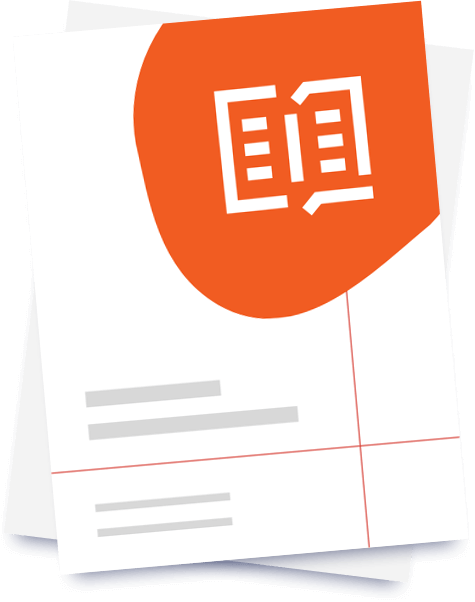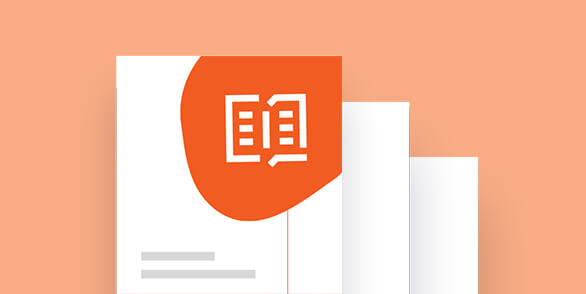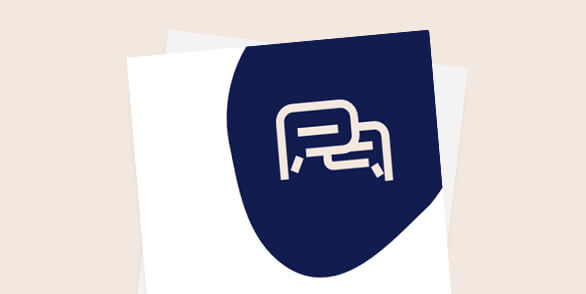
Reliable data helps your business make smart decisions when facing change of any kind. In today’s economic and political climate, this is important for every organisation. As Deloitte points out, “By 2030, data collection and analysis will become the basis of all future service offerings and business models.”1
Insights stemming from payroll data will accelerate your entry into new markets and help your expanding organisation avoid making ill-informed business decisions.
When expanding into a new country you need to know:
- The costs of recruiting staff in the country where your company will be setting up operations (compensation benchmarking)
- The salaries, overheads and overtime of your payroll staff
- Whether there are any comparable locations in your organisation
Once you’ve set up business in the new geography, you’ll need to keep a close eye on productivity, wage costs, legislative changes, pay equity, investor requirements and currency fluctuations. You’ll also want to be able to benchmark all of this against similar sites across your company.
Go straight to source …
Payroll is where it all starts. Payroll data is the most accurate since it’s checked every time there’s a pay run (monthly or bi-weekly, for example). Yet, ironically, collecting it can still consume a lot of time if it’s held in disparate systems and differing formats.
Many HR and payroll teams are still spending needless hours trying to bring together information from different systems in multiple geographies. In fact, 45 percent of global payroll teams spend 21 or more hours reconciling data between HR and payroll systems every week.3 Well over half of the typical person’s working hours.
… to become a source of strategic input
These long hours are less surprising when you consider that global companies outsource on average to five different payroll providers. This number tends to rise in relation to the number of countries where they operate.4
Companies have their own reasons for running these disparate systems. You may have legacy systems from mergers and acquisitions, or a local manager may have chosen a payroll vendor with a strong reputation in-country.
Whatever the reason, it makes life more difficult when you’re tasked with collecting data. Consolidating your payroll platforms shines a light into your payroll process, making it easier to identify workforce trends that could bolster or derail your business expansion.
A unified cloud-based platform could seamlessly integrate all your data together, make it easy to find and share accurate, real-time data as and when you need it, as well as help to keep it safe and secure.
Once you’ve sorted out your payroll data, things start to get really interesting. Find a payroll vendor who can connect your global payroll and global HR data and you’ll have invaluable information right across your workforce.
Use data to drive your payroll digital transformation
Data is the thread that links the three stages of any payroll function’s digital transformation
1. Optimisation
Any expanding company needs to optimise its operations. For payroll, this means looking to simplify, cut out processing errors and drive cost efficiencies.
Optimising extends to the internal structure of your payroll function too. Whether your service delivery model is centralised, regionalised or location-specific, can you quickly source the data needed for business growth decisions?
2. Visibility
This is a major benefit of bringing your HR and payroll solutions together.
When global leaders were asked what they wanted most from payroll digital transformation, three of the top answers (all chosen by 27 percent) were:
- Integration of payroll with other business and HR systems
- Increased reporting speed
- Access to greater reporting and analytics capabilities3
Visibility over spend is a must for the finance operation of any growing company. Whether your business is growing organically or expanding through mergers and acquisitions, you’re going to need reliable modelling, forecasting and reporting. ADP found that companies with a global payroll strategy fully integrated with HR and finance systems reported less complexity and radically optimised costs.2 What’s more, 98 percent of business leaders now expect payroll data to inform cost management strategies.3
For HR teams, visibility of employee data means advanced benchmarking, accurate benefits planning and less stress when reports are needed. And with 76 percent of workers globally saying they’d consider leaving their job if their company had an unfair gender pay gap or no DEI policy,5 being able to spot and reorient trends is arguably more important than ever.
3. Agility
Payroll optimisation yields visible, usable employee data, and it makes the third stage — agility — possible. Being able to adapt and find new ways of working comes only when you have the data needed to move quickly. Usable data means that not only can you respond to internal and external change, but you can make accurate predictions and anticipate new developments.
Data-driven payroll will provide information that’s critical to your decision making, particularly around costs. And if you connect your payroll and HR data, you’ll have a wealth of workforce information that will help you succeed in new markets. In other words, data won’t just drive your payroll, it will drive your business growth.
Download our guide: The payroll data points essential for international business expansion
1. Deloitte, Data is the new gold, The future of real estate service providers, 2022
2. ADP, The potential of payroll: Global payroll survey 2021
3. ADP, The potential of payroll: Global payroll survey 2022
4. EY, How can payroll build value in an organization, 2022
5. ADP Research Institute, People at Work 2022: A Global Workforce View



